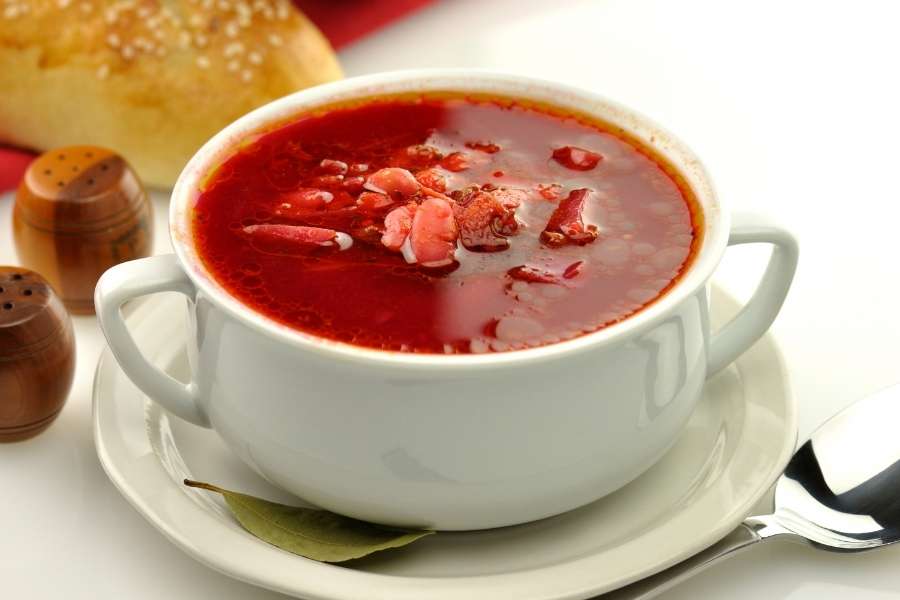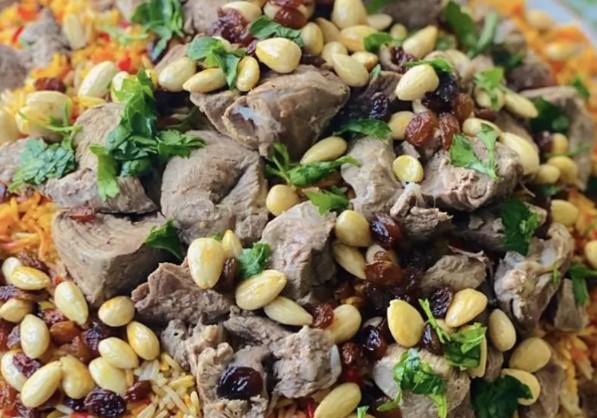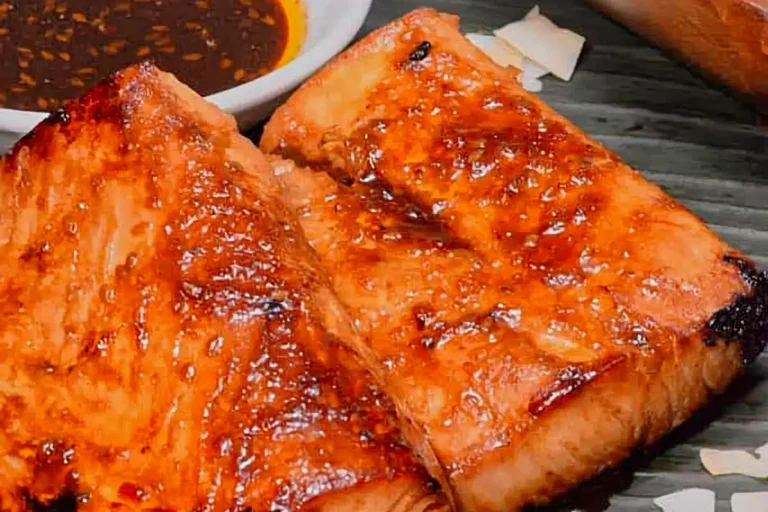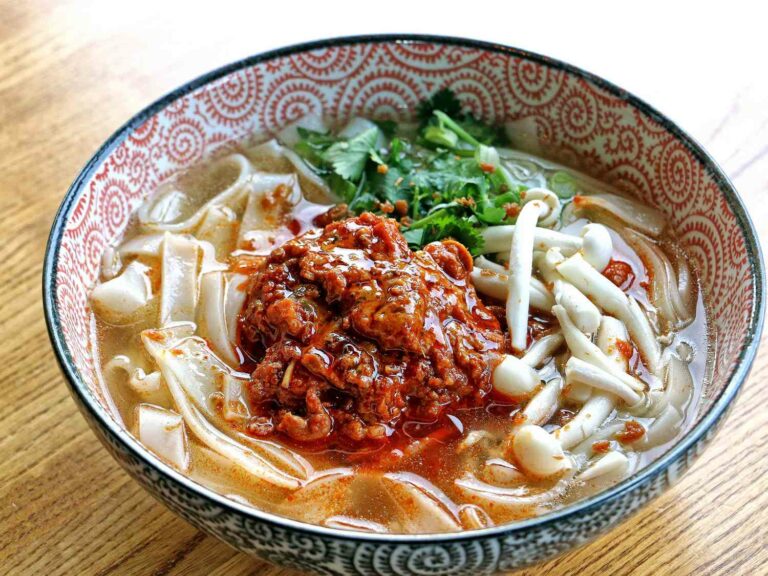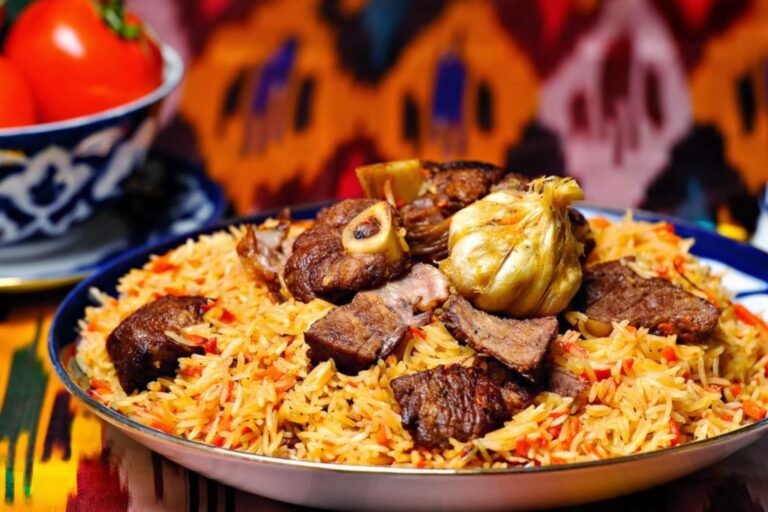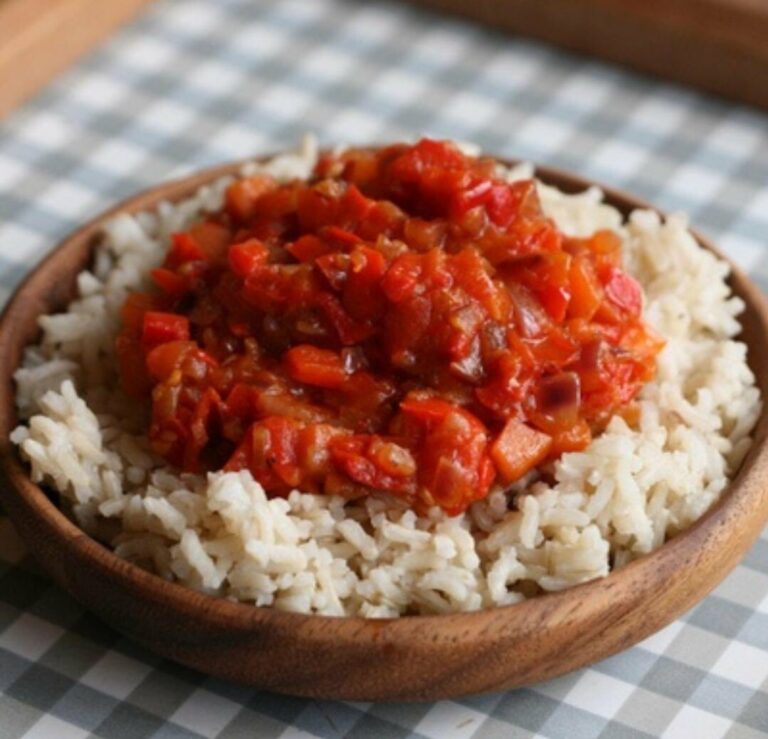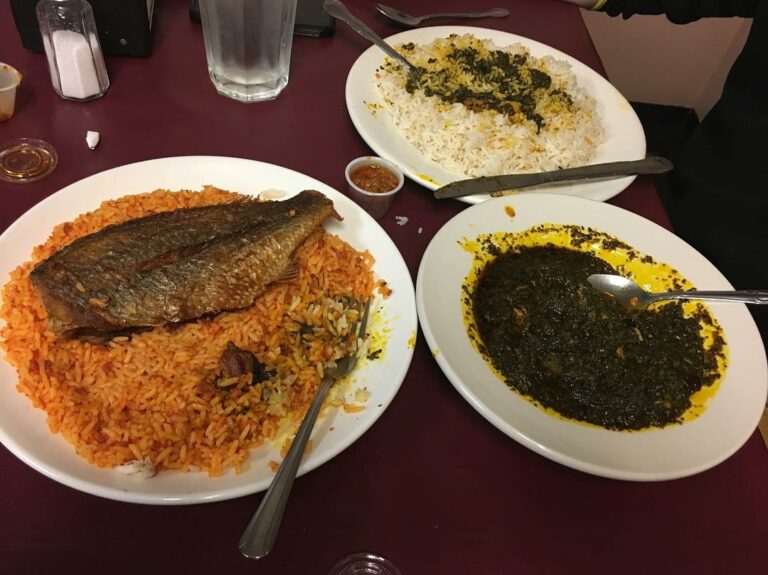Introduction to Latvian breakfast
Latvia, a small country located in Northern Europe, has a rich culinary history that dates back to the ancient times. The Latvian cuisine is a blend of various influences, including German, Russian, and Scandinavian, which has resulted in a unique culinary experience that is worth exploring. When it comes to breakfast, Latvians have their own set of traditional dishes that are delicious and filling.
Traditional Latvian breakfast dishes
A typical Latvian breakfast consists of porridge, rye bread, and a variety of toppings. Porridge is usually made with milk and grains such as oats, barley, or buckwheat. It is often served with honey, jam, or berries. Rye bread, on the other hand, is a staple in the Latvian diet and is often included in every meal. It is usually served with butter and cheese or smoked fish.
Another traditional Latvian breakfast dish is speķa pīrāgi, which are small pastries filled with bacon and onions. These savory pastries are often served with a cup of tea or coffee. Another popular dish is the scrambled eggs with smoked salmon and herbs, which is a delicious and healthy option.
Common Latvian breakfast ingredients
The Latvian cuisine is known for its use of local, seasonal ingredients. Common breakfast ingredients include dairy products such as milk, yogurt, and cheese, as well as eggs, bacon, and smoked fish. Latvians also enjoy a variety of fruits and berries, including apples, plums, blackberries, and raspberries. In addition, rye bread, honey, and jams are staples in the Latvian breakfast table.
Eating habits and customs in Latvia
Latvians usually have a hearty breakfast, which they consider to be the most important meal of the day. Breakfast is often eaten at home, and it is a time for families to gather and spend time together. Latvians also take their time while eating, savoring each bite and enjoying the company of their loved ones.
Regional variations of breakfast in Latvia
Latvia has several regions, each with its own unique specialties. In the coastal regions, fish is often included in the breakfast menu. In the eastern part of the country, porridge and rye bread are the main staples. In the central region, eggs and bacon are more common, and in the western part of the country, baked goods such as pastries and cakes are popular.
Modern twists on Latvian breakfast cuisine
As the world becomes more connected, Latvians have also started to incorporate international flavors into their breakfasts. For example, avocado toast has become a popular addition to the Latvian breakfast table, as has smoothie bowls with fresh fruits and nuts. Latvians have also embraced the trend of brunch, which combines breakfast and lunch, and includes a variety of dishes such as pancakes, waffles, and quiches.
In conclusion, the Latvian breakfast is a delicious and fulfilling experience that combines traditional dishes with modern twists. Whether you are a tourist visiting Latvia or a local looking to explore new flavors, the Latvian breakfast is definitely worth trying.

